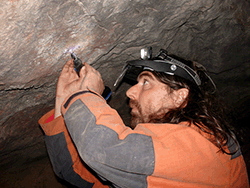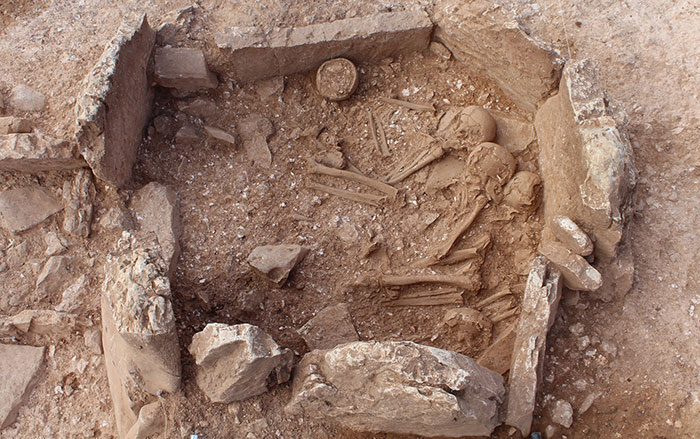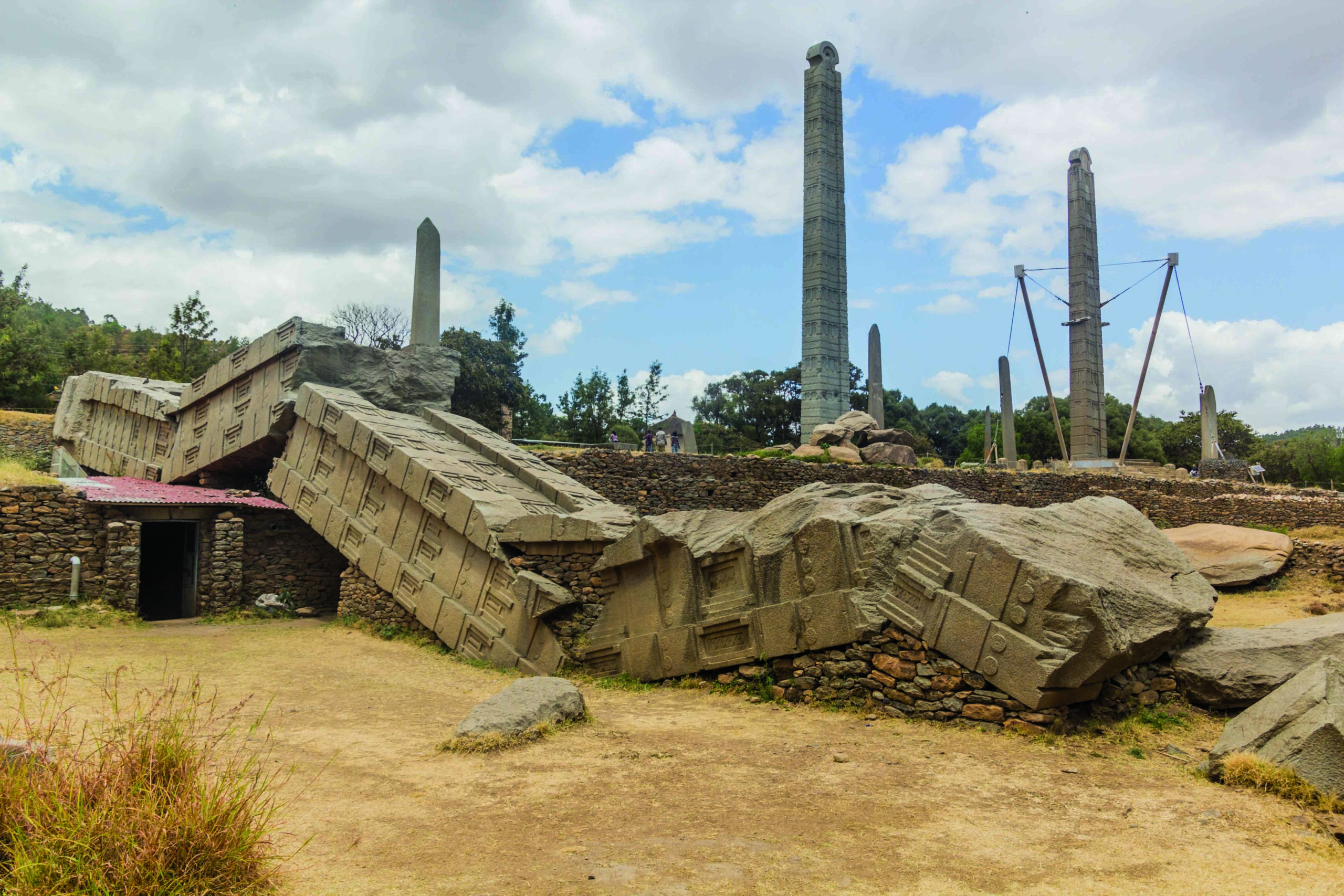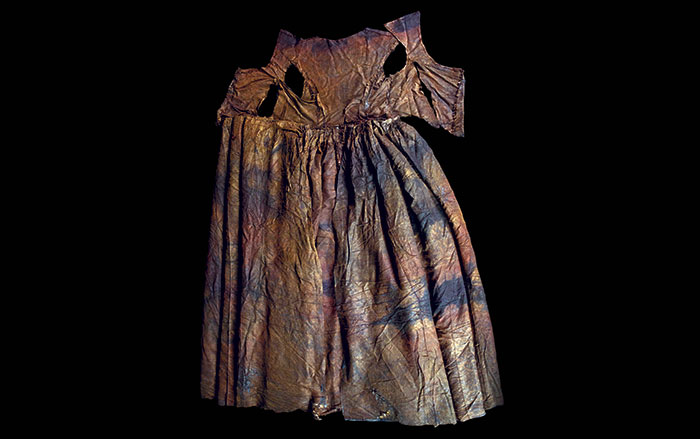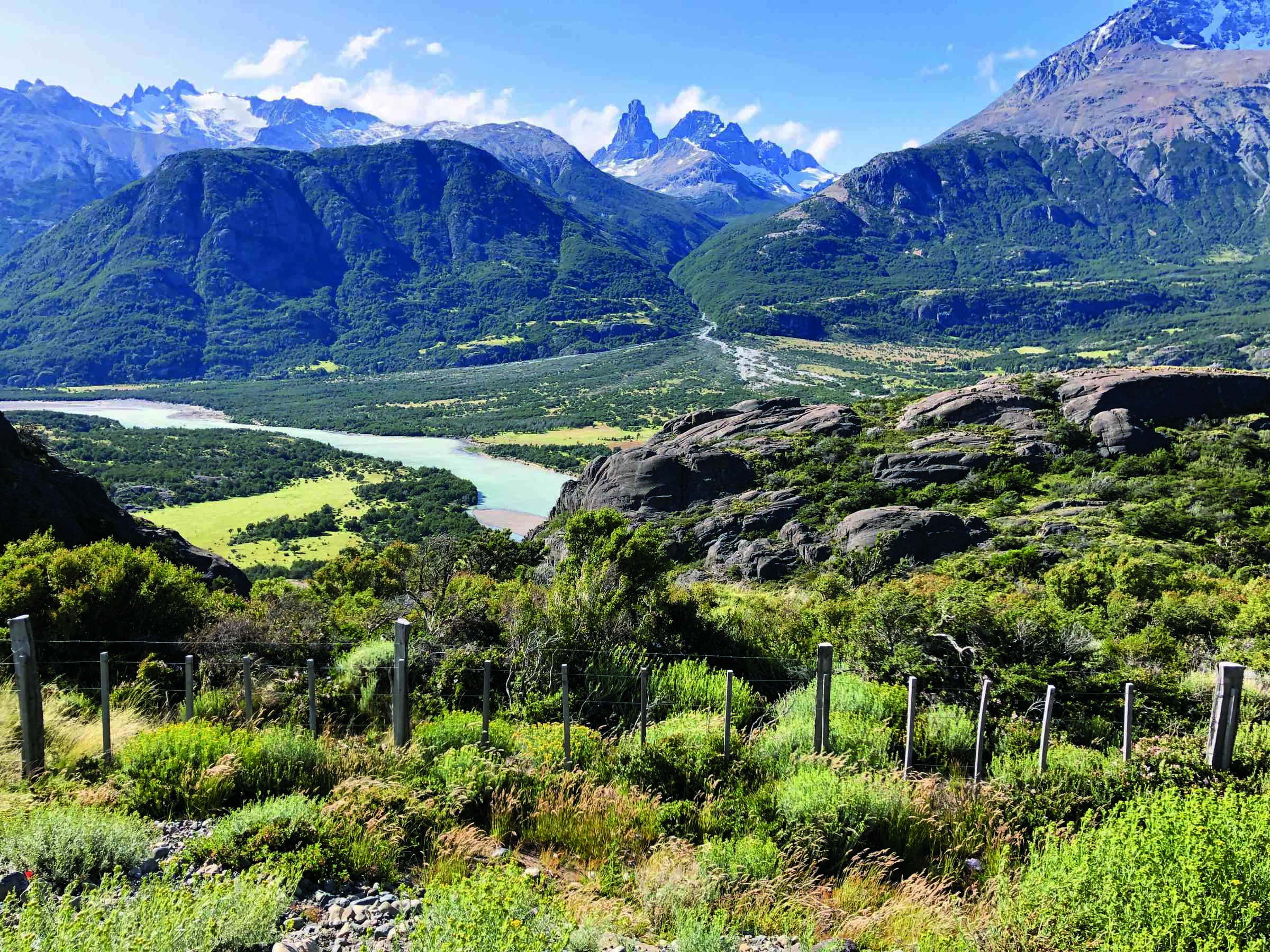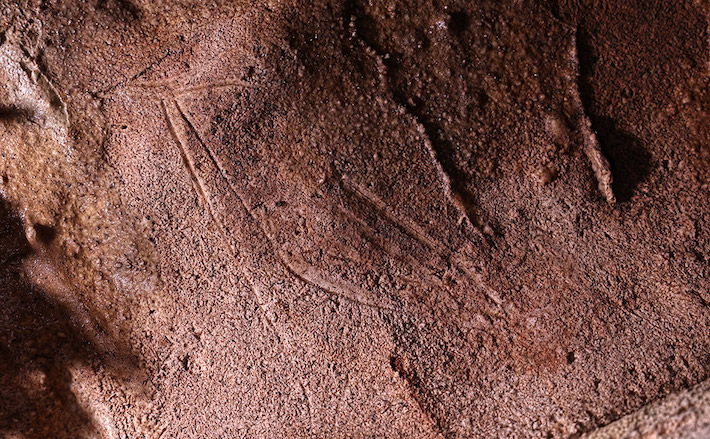
VALENCIA, SPAIN—According to a statement released by the University of Southampton, more than 100 Paleolithic paintings and engravings have been discovered in a cave on the eastern Iberian coastline by researchers from the University of Zaragoza, the University of Alicante, and the University of Southampton. Hinds, horses, aurochs, and deer are among the 19 confirmed animal images, thought to be at least 24,000 years old. “Animals and signs were depicted simply by dragging the fingers and palms covered with clay on the walls,” said team member Aitor Ruiz-Redondo. Then the images dried slowly in the humid environment, preventing the clay from falling off the cave walls. “Although Spain is the country with [the] largest number of Paleolithic cave art sites, most of them are concentrated in northern Spain,” he explained. “Eastern Iberia is an area where few of these sites have been documented so far.” It is also unusual, Ruiz-Redondo added, for clay to have been used to create cave paintings, but this technique was the main one employed in Cueva Dones. The researchers will continue to survey and document the site. Read the original scholarly article about this research in Antiquity. For more on early European wall art, go to "Europe's Oldest Engraving," one of ARCHAEOLOGY's Top 10 Discoveries of 2012.


